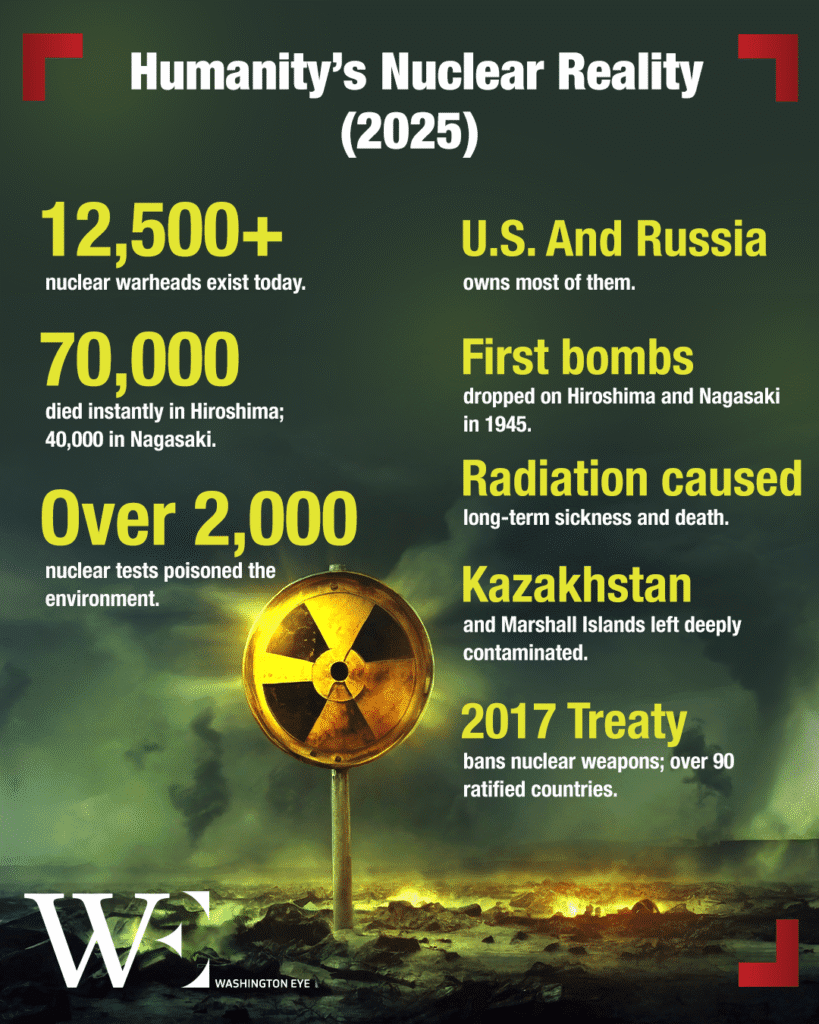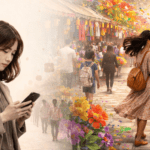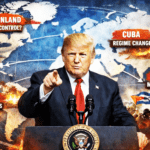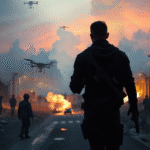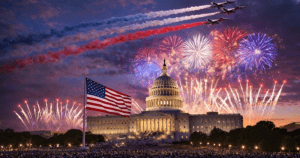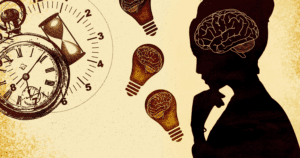In an age of technological marvels and space exploration, humanity still clings to one of its darkest inventions: the nuclear bomb. As of 2025, there are more than 12,500 nuclear warheads across the globe, with the majority held by the United States and Russia. Despite decades of arms control treaties and public movements calling for disarmament, the world remains haunted by the threat of annihilation.
The devastating consequences of nuclear weapons are not theoretical. They are written in history, etched in the ruins of Hiroshima and Nagasaki. In August 1945, the United States dropped two atomic bombs that instantly killed tens of thousands of people — around 70,000 in Hiroshima and 40,000 in Nagasaki — with death tolls climbing higher in the months and years that followed due to radiation sickness and injuries. Entire cities were reduced to ash, and survivors, known as hibakusha, bore physical and psychological scars that lasted a lifetime.
Nuclear destruction was not limited to wartime. During the Cold War, over 2,000 nuclear tests poisoned environments and devastated communities. The Soviet Union’s Semipalatinsk Test Site in Kazakhstan exposed generations to deadly radiation, while the U.S. tests in the Marshall Islands left vast areas uninhabitable. In these places, survival often meant living with cancer, birth defects, and forced displacement.
Yet from this destruction, powerful voices for peace have emerged. Hibakusha like Setsuko Thurlow transformed their personal tragedies into global activism, advocating tirelessly for a nuclear-free world. Thurlow’s emotional testimony helped inspire the creation of the Treaty on the Prohibition of Nuclear Weapons (TPNW) in 2017 — the first international treaty to comprehensively ban nuclear weapons. Although none of the nine nuclear-armed states have joined the TPNW, over 90 countries have ratified it, marking a crucial moral and legal stand against nuclear arms.
However, the journey toward disarmament is riddled with challenges. The Non-Proliferation Treaty (NPT), effective since 1970, committed nuclear states to eventual disarmament while allowing civilian nuclear programs. Over the years, it has helped prevent the widespread spread of nuclear arms, but the “nuclear club” has not shrunk. Instead, modernization programs continue: the U.S. plans to spend over $1 trillion upgrading its nuclear arsenal, while China and Russia invest heavily in new delivery systems.
Recent global events have made the risks even clearer. Russia’s nuclear threats during its 2022 invasion of Ukraine demonstrated how easily the nuclear card can be played in modern geopolitics. Meanwhile, North Korea’s expanding capabilities and tensions between India and Pakistan keep the nuclear threat alive across Asia.
Despite the grim reality, there are reasons for cautious optimism. Arms control treaties like New START (signed by the U.S. and Russia in 2010) have helped cap deployed strategic warheads, maintaining a fragile balance. Though under pressure, these agreements show that dialogue and compromise are possible.
Moreover, emerging technologies offer new opportunities. Satellite monitoring, blockchain verification, and artificial intelligence could revolutionize how disarmament is tracked and verified, reducing mistrust that has long paralyzed negotiations. Civil society organizations such as the International Campaign to Abolish Nuclear Weapons (ICAN) continue to push boundaries, winning the 2017 Nobel Peace Prize for their efforts.
Public opinion is also shifting. Surveys show that majorities in Europe, Japan, Latin America, and Africa favor the complete abolition of nuclear weapons. In Germany and Belgium, public pressure is mounting for the removal of U.S. nuclear arms stationed under NATO’s nuclear-sharing agreements.
Still, dismantling the doctrine of “Mutually Assured Destruction” will require political courage rarely seen in today’s polarized world. Security policies built on nuclear deterrence are deeply entrenched, and arms manufacturers profit enormously from keeping them that way.
Some skeptics argue that nuclear disarmament is naive — that humanity will never give up its deadliest weapons. But history provides hope. Atrocities like apartheid, colonialism, and slavery — once viewed as permanent — were abolished through relentless activism and shifting moral standards. Likewise, biological and chemical weapons, once staples of warfare, have been largely outlawed and stigmatized.
As we mark 80 years since the devastation of Hiroshima and Nagasaki, we must listen to the hibakusha, who call for a future where no one suffers as they did. Their survival is not just a testament to human resilience but a reminder of our responsibility. The dream of a world without nuclear weapons is not fantasy. It is a choice — one that demands imagination, effort, and above all, courage. The future is unwritten. It is up to us to decide whether we continue living under the shadow of mushroom clouds or step bravely into the light of peace.
